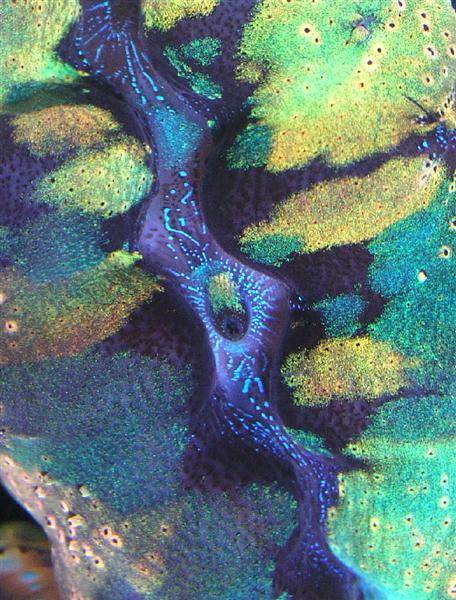You can dose the LC and pull the socks in a matter of minutes. Socks on... dose... wait a minutes... socks off.
Yes, the raw LC can get through he socks and into the sump/whatever if it does not bind to any phosphate sources. When you have a lot of po4, it will bind very quickly, turn white and get filtered. When you don't have much po4 then the lanthanum floats around for longer until it binds, including going through the sock.
Although I doubt that this causes much trouble, I think that most Lanthanum Phosphate crystals likely end up in the substrate or the bottom of the tank or sump. The idea that ALL get filtered or skimmed does not seem likely to me.
As for fish, dosing down the overflow vs in a tank is likely the biggest reason why some fish are OK and some are not. The raw LC might be the issue, and not the crystals. In any case, there are good, smart hobbyists who have had issues with fish death after dosing, so be careful - these are not thumb suckers looking to blame the neighbor spraying weeds, hand lotion, incense or candles for their fish losses.
Yes, the raw LC can get through he socks and into the sump/whatever if it does not bind to any phosphate sources. When you have a lot of po4, it will bind very quickly, turn white and get filtered. When you don't have much po4 then the lanthanum floats around for longer until it binds, including going through the sock.
Although I doubt that this causes much trouble, I think that most Lanthanum Phosphate crystals likely end up in the substrate or the bottom of the tank or sump. The idea that ALL get filtered or skimmed does not seem likely to me.
As for fish, dosing down the overflow vs in a tank is likely the biggest reason why some fish are OK and some are not. The raw LC might be the issue, and not the crystals. In any case, there are good, smart hobbyists who have had issues with fish death after dosing, so be careful - these are not thumb suckers looking to blame the neighbor spraying weeds, hand lotion, incense or candles for their fish losses.





















